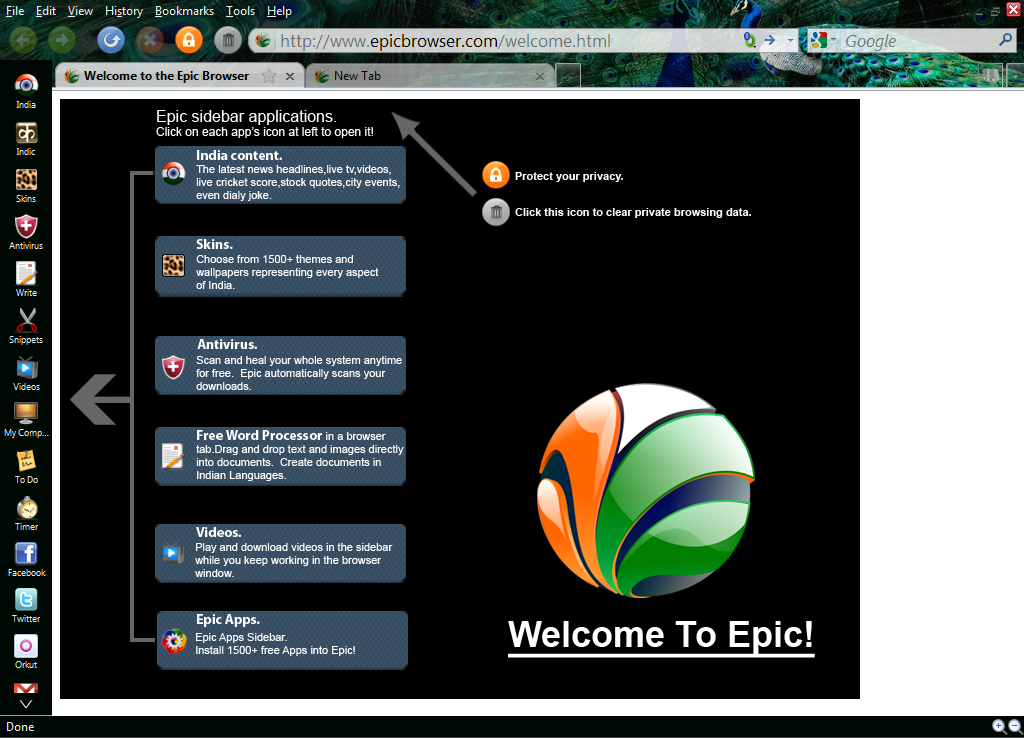

- Chrome based browsers for privacy update#
- Chrome based browsers for privacy full#
- Chrome based browsers for privacy windows 10#
Linux users will generally have to run that day's update package from their distribution to get the latest version of their browser of choice. When you select "About," a new tab will open that will either tell you that your browser is up-to-date or that you need to relaunch the browser to finish installing the update. In Opera and Vivaldi, start by clicking the browser icon at the top left of the window, then scroll down to "Help" and click "About" in the fly-out menu. "About" may also be hiding in a "Help" fly-out menu. To update Chrome, Edge or Brave, click the settings icon on the top right of the browser window and scroll down looking for something marked "About" at or near the bottom of the menu. As of this writing, Opera (.171) and Vivaldi (.52) were both using versions based on previous versions of Chromium. 128.īrave and Edge both appear to also have released updates based on the latest version of Chromium, Brave's version number matching Chromium's and Edge going to 89.0.774.76. The updated versions of Chrome and Chromium are both. Update: Google patches the flawĪfter this story was posted April 13, Google quietly pushed out an update that fixed the V8 flaw and another flaw related to the Blink browser rendering engine. Google has pushed out several other emergency updates to Chrome and Chromium in the past few months. There's no official timetable for when the fix for this flaw will be pushed out to Chrome, Edge and related browsers, but odds are it will be within the next few days.
Chrome based browsers for privacy windows 10#
So make sure you're using one of the best Windows 10 antivirus programs or best Mac antivirus programs to prevent infection. An attacker could use another method to infect your PC, Mac or Linux box, and then the running malware could use Agarwal's exploit to disable sandbox and take over your machine. Unfortunately, malware can disable the sandbox, too. A new Chrome window will open with no sandbox protections. You can do that in Windows by typing the Chrome application filepath in a command-line window with the suffix "-no-sandbox". To get Agarwal's exploit to work, the browser sandbox has to be disabled.

Non-Chromium browsers such as Mozilla Firefox or Apple Safari are not affected by this flaw. Mobile versions of these browsers are also sandboxed, but there's no evidence that this affects them too.
Chrome based browsers for privacy full#
The exploit won't work on its own because Chromium-based browsers are "sandboxed" so that (most) exploits affecting them won't "escape" onto the full Windows, macOS or Linux system on which the browser is running. If you use one of these browsers, don't fret just yet. Agarwal used recent changes to the public V8 code to reverse-engineer the Pwn2Own exploit. The flaw lies in the V8 JavaScript engine used by Chrome, Edge, Opera, Brave, Vivaldi and several other browsers, all of which are based on the Chromium open-source browser maintained by Google and all of which are vulnerable to this exploit.


 0 kommentar(er)
0 kommentar(er)
